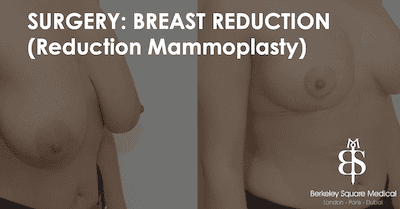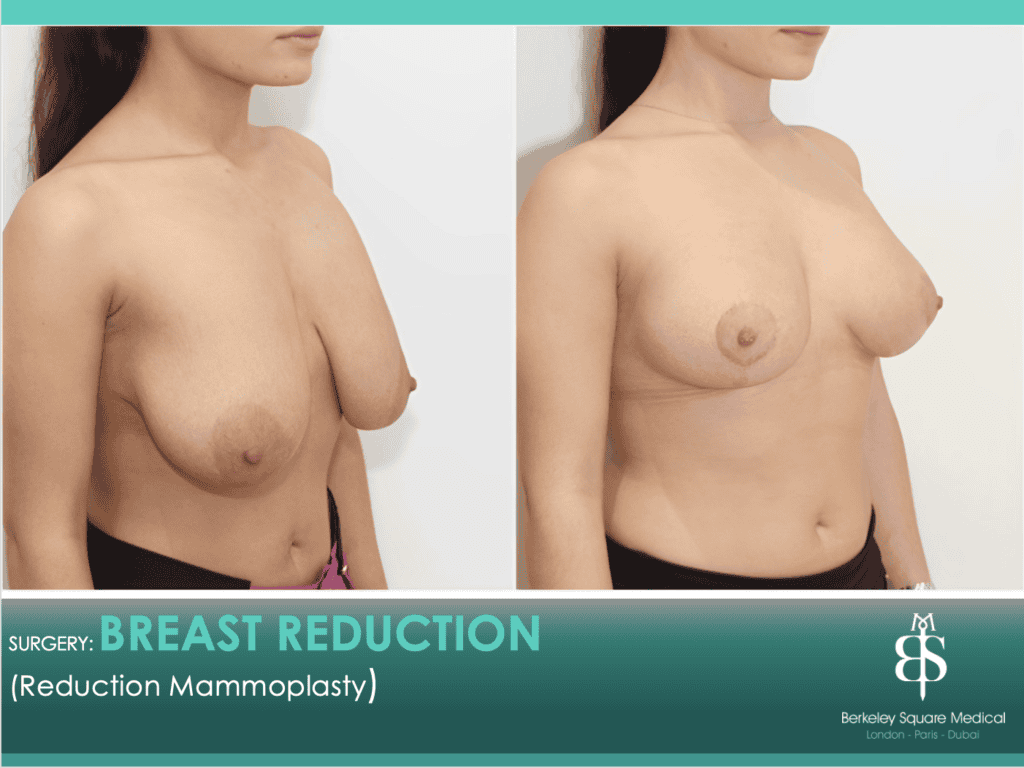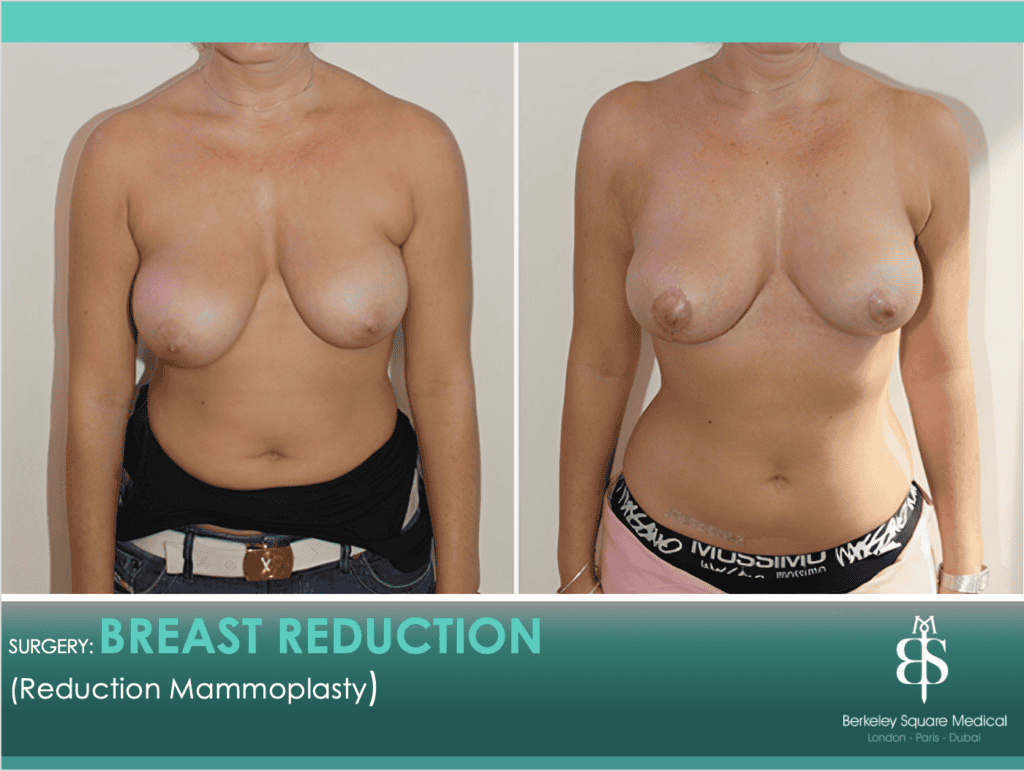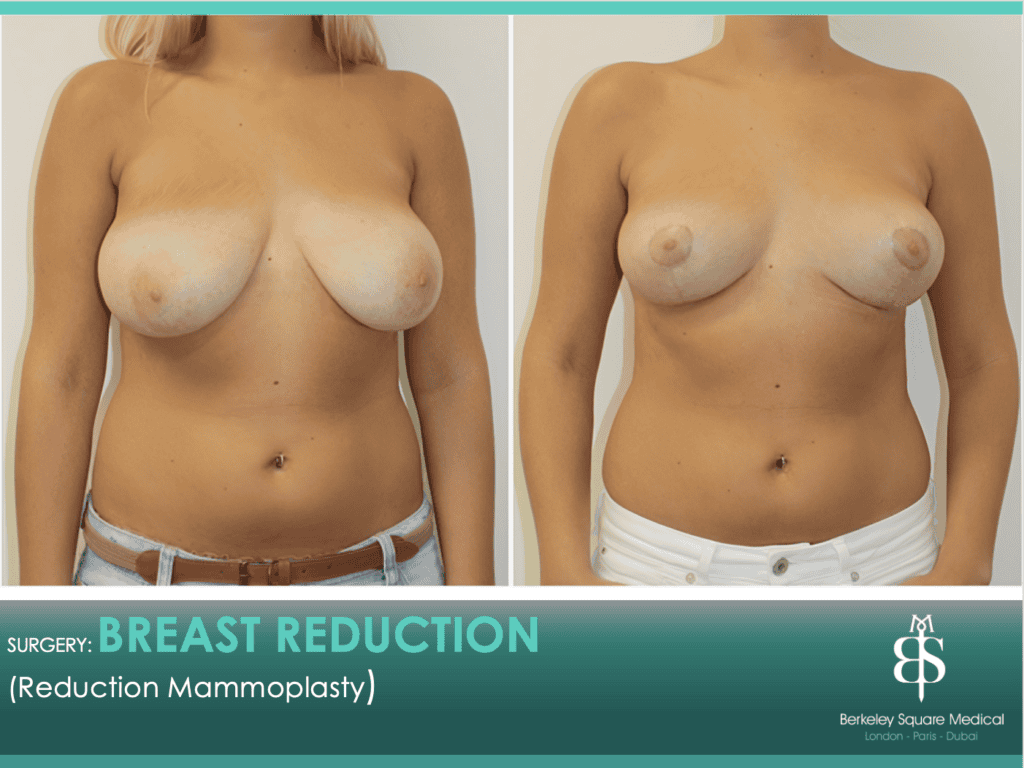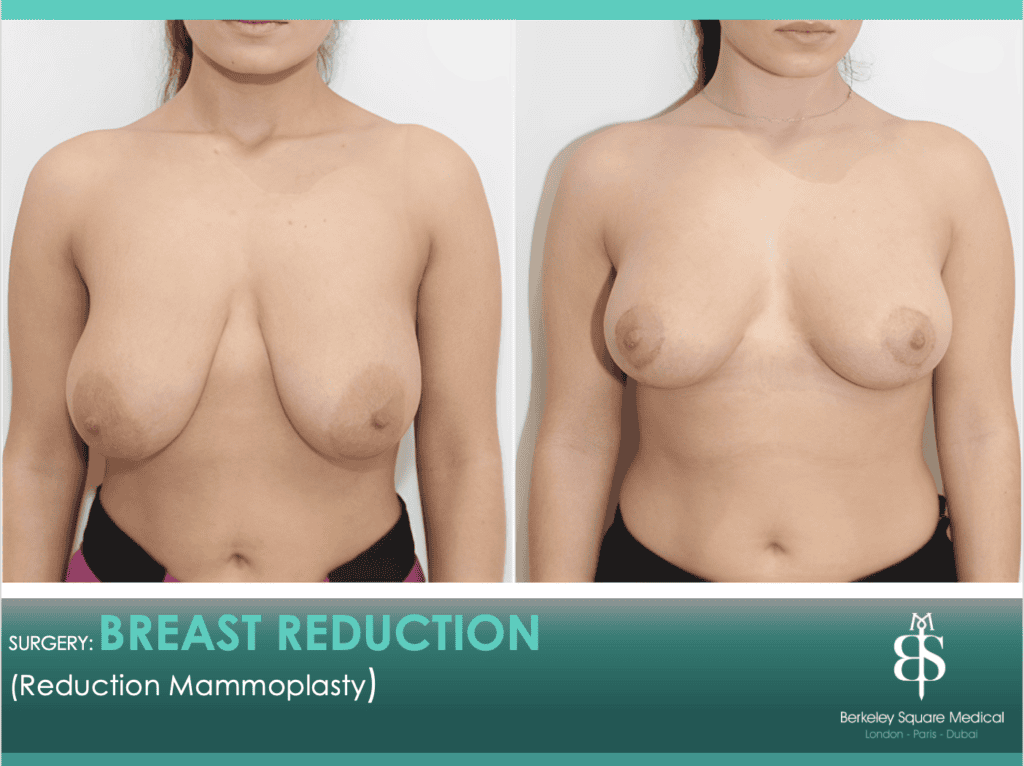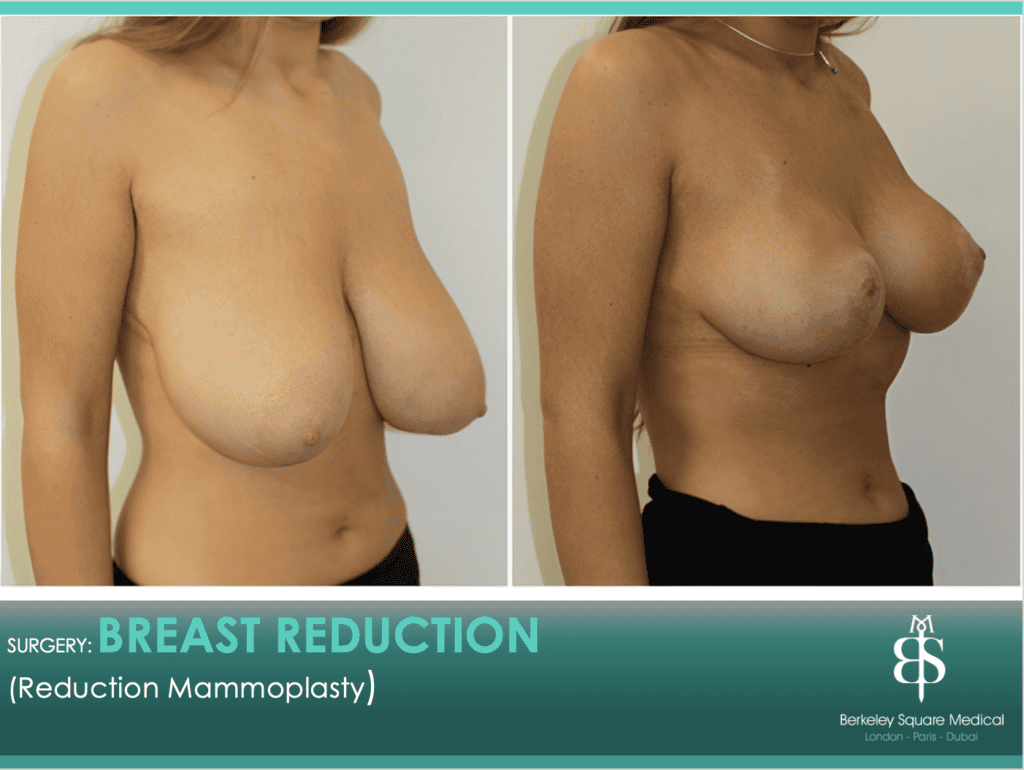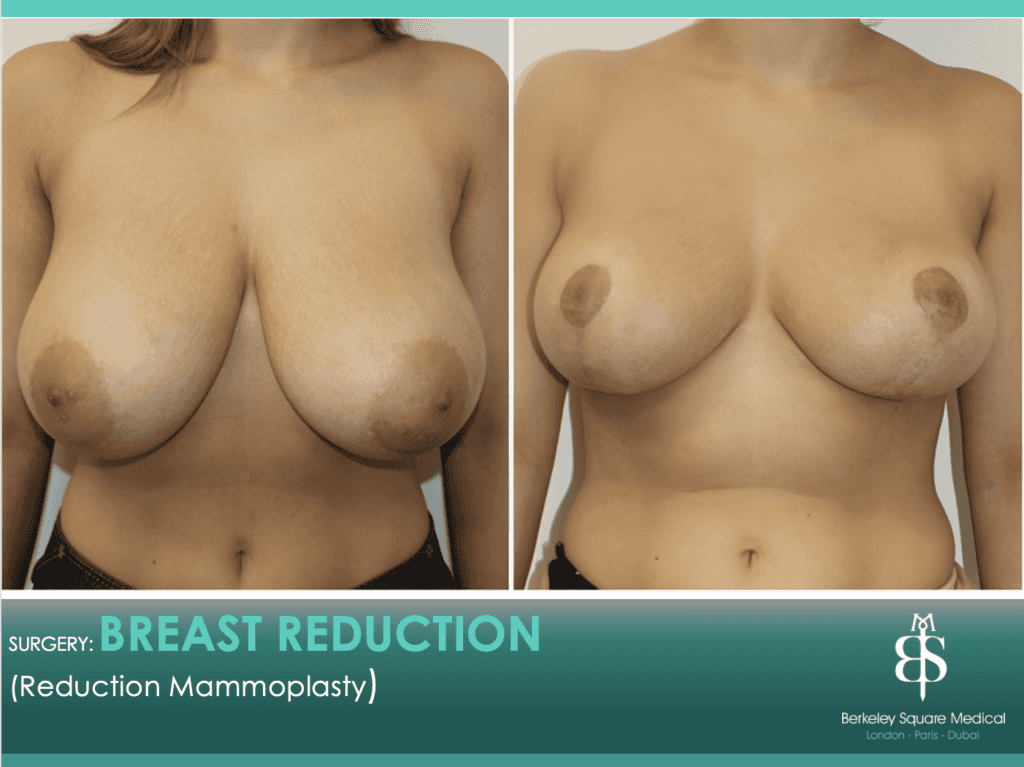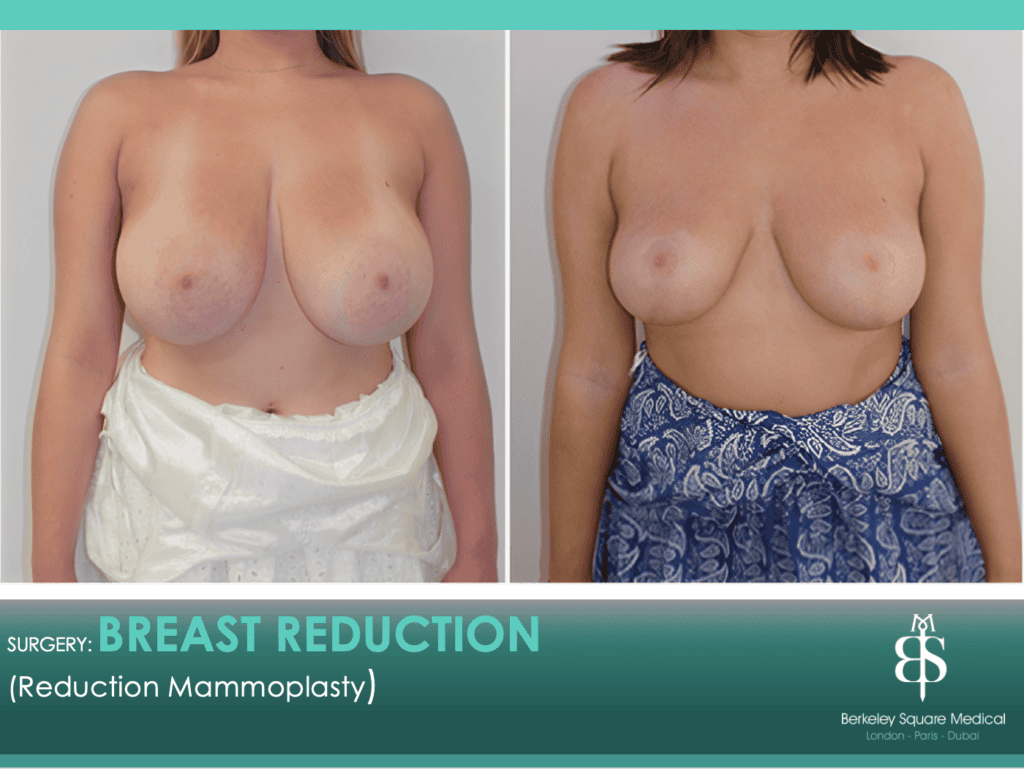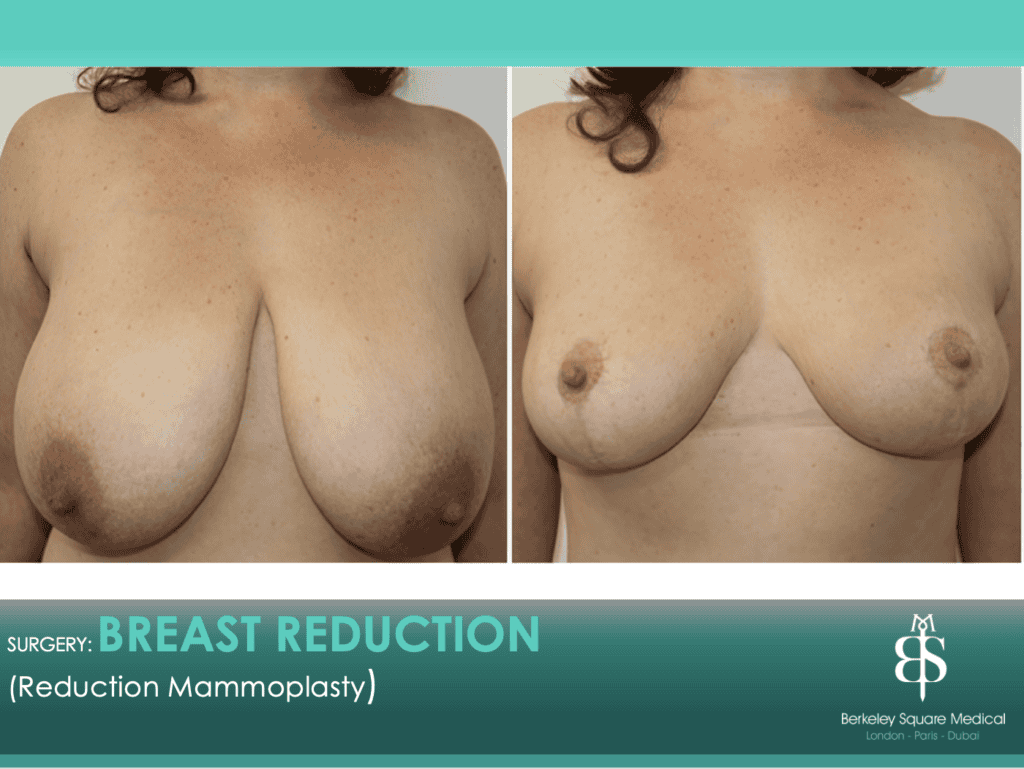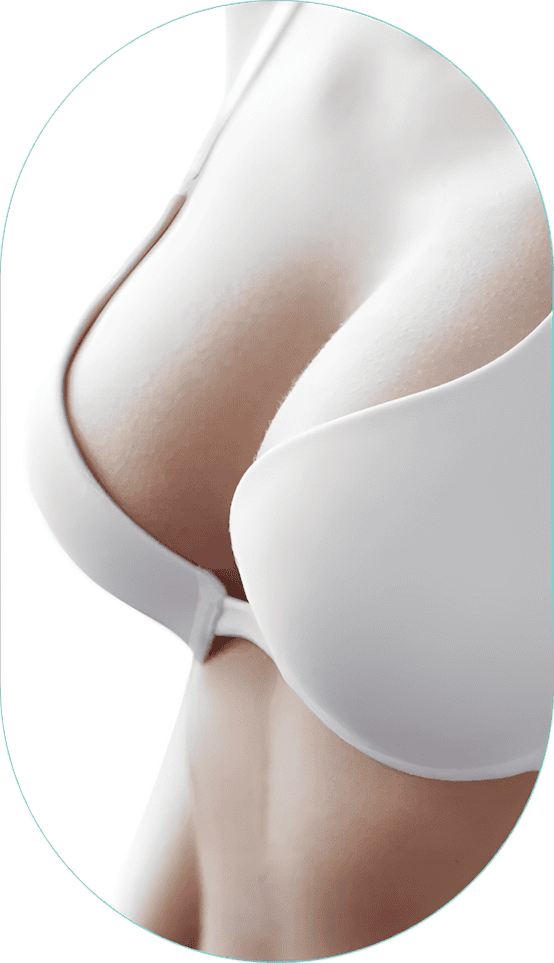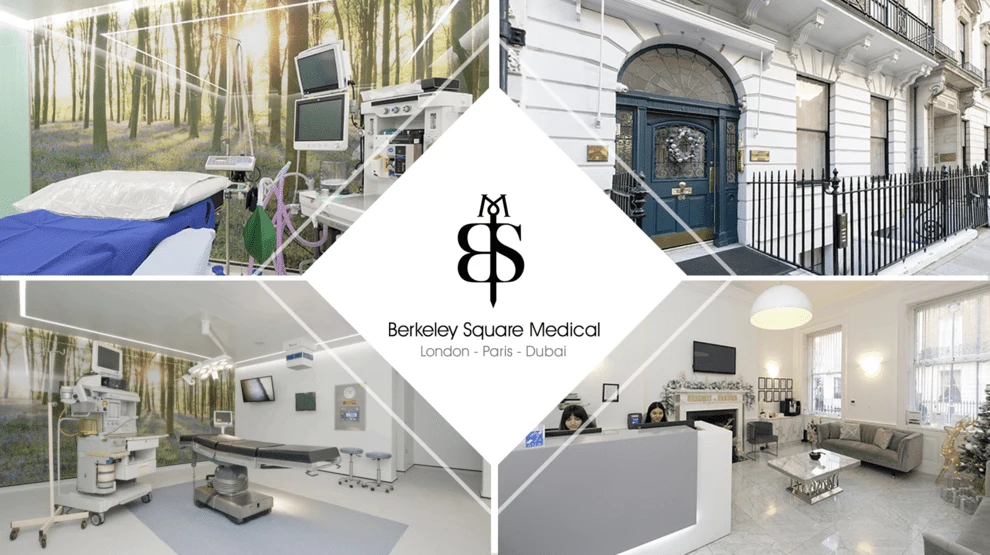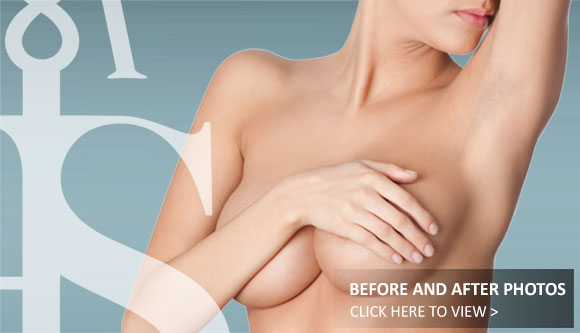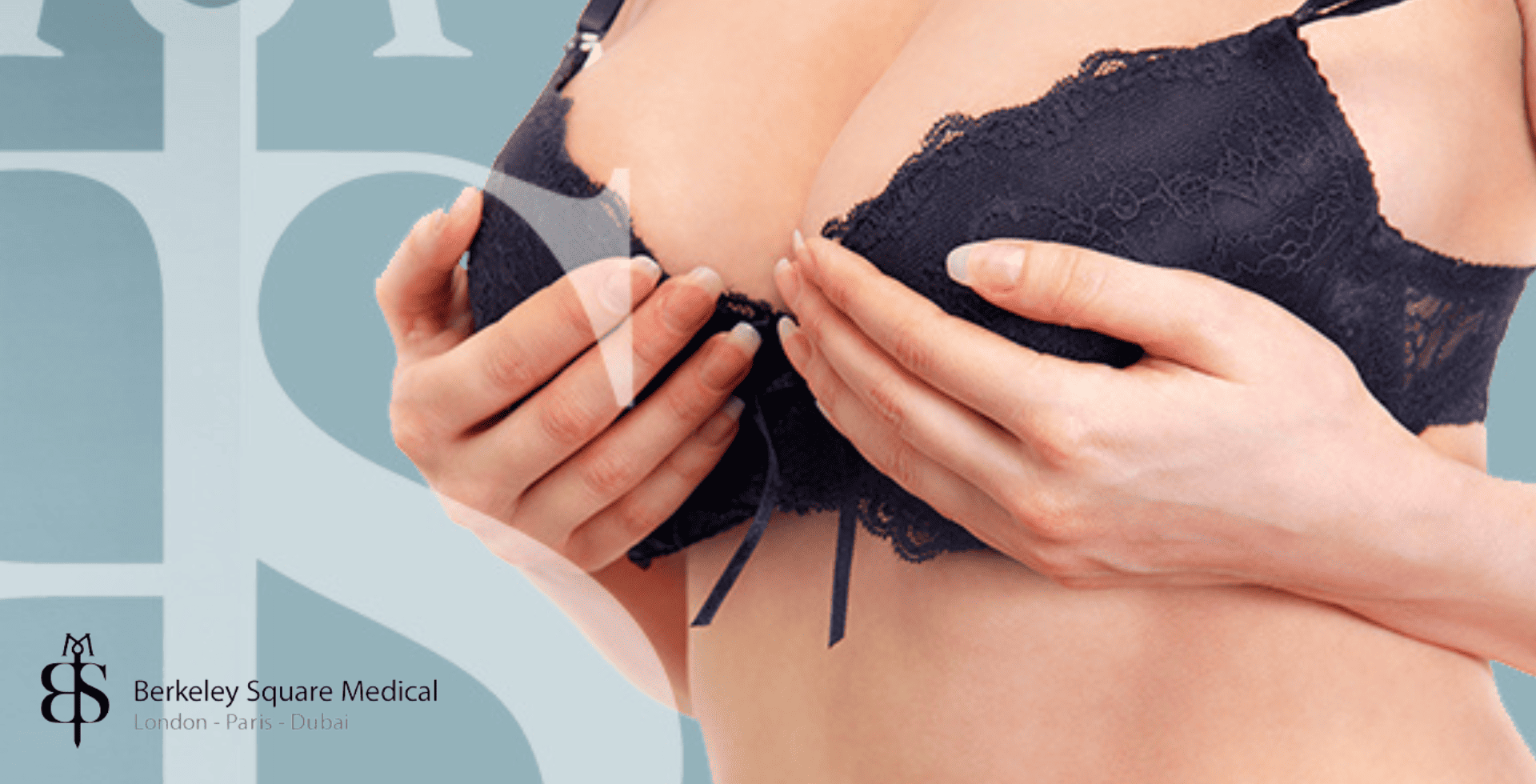Your Consultation
At your breast reduction consultation, our plastic surgeon will start by discussing your medical history, including any previous surgeries and current medications. You'll have the opportunity to express your desired breast size and any concerns you may have.Next, our surgeon will conduct a physical examination of your breasts, assessing their size, shape, skin elasticity, and nipple position. Measurements and photographs may be taken for documentation and surgical planning.
Our surgeon will explain the breast reduction procedure in detail, including the surgical techniques involved, anaesthesia options, potential risks and complications, and expected outcomes. They'll address any questions or uncertainties you might have regarding the surgery, recovery process, and long-term results.
Based on your preferences and physical assessment, the surgeon will offer personalised recommendations and discuss realistic expectations for the outcome. They may also provide before-and-after photos of previous patients to illustrate your potential results.
Finally, you'll have the opportunity to discuss scheduling, pre-operative preparations, post-operative care instructions, and financial aspects with a member of our surgeons clinical team.
Overall, the consultation aims to ensure that you are well-informed, comfortable, and confident in your decision to undergo breast reduction surgery, and that you and your surgeon are aligned in achieving your aesthetic and functional goals.














